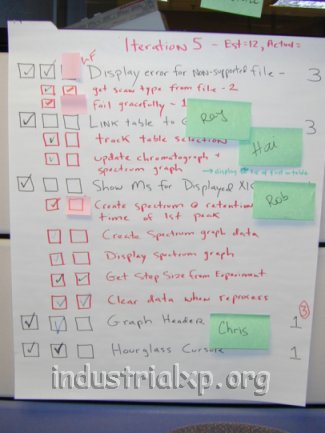Reference Information
Title: Design of Future Things
Author: Don Norman
Publisher: Basic Books, May 2009
Summary
This chapter discussed the necessity of communicating with machines. Communication allows people to form mental and conceptual models that provide them with clues to troubleshoot when something goes wrong, to know what to expect next, and to allow us to experiment with the machine. While mechanical devices are generally self-explanatory due to natural indicators, the indicators are becoming more hidden and silent, making it more difficult to use machines. Because of this, it falls to the designer to reveal how the machine works to the user.
Communication, understanding, and explanation are the keys to working with intelligent agents. Feedback is necessary for reassurance if the system is working correctly, and help if the system is not working. Therefore, a good design should provide continual awareness of the system's state without annoying the user.
Feedback provides informative clues about what's happening and what we should do. It includes natural sounds (that work based on subtle differences of sound). The idea is transition to a more supportive form of interaction than confusing lights and beeps, one that guides the user to decide how to respond or to reassure them that no action is required. It has to be continuous and unobtrusive, requiring little attention on the user's end.
 |
| A bad design of communication -- confusing lights to signal warnings. At first glance, how would you know what a light was supposed to be telling you? Source: www.stockphotopro.com |
Discussion
I think this chapter raised some very good points about design issues and how to make systems easier to use by providing a communication channel between the machine and the user. However, I felt as if I had read this chapter before. It seems to be a mix of previous chapters in both this book and Design of Everyday Things, so mostly, it felt rather pointless to read.





